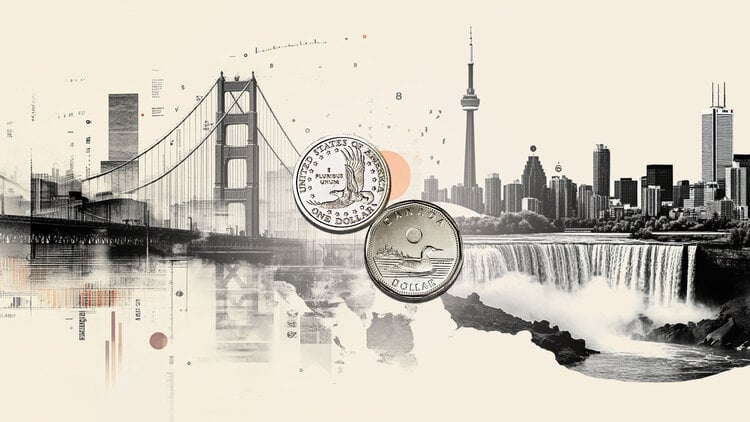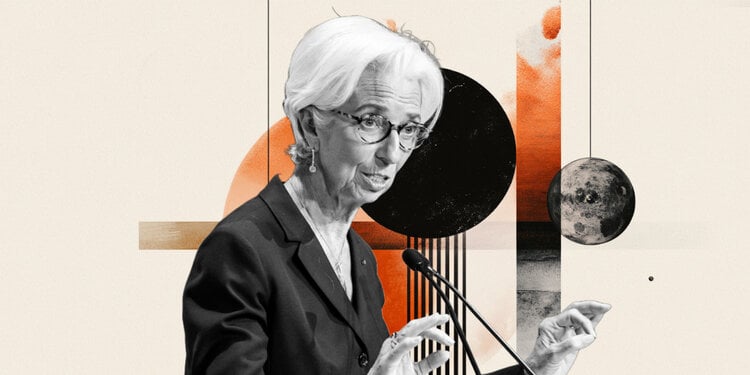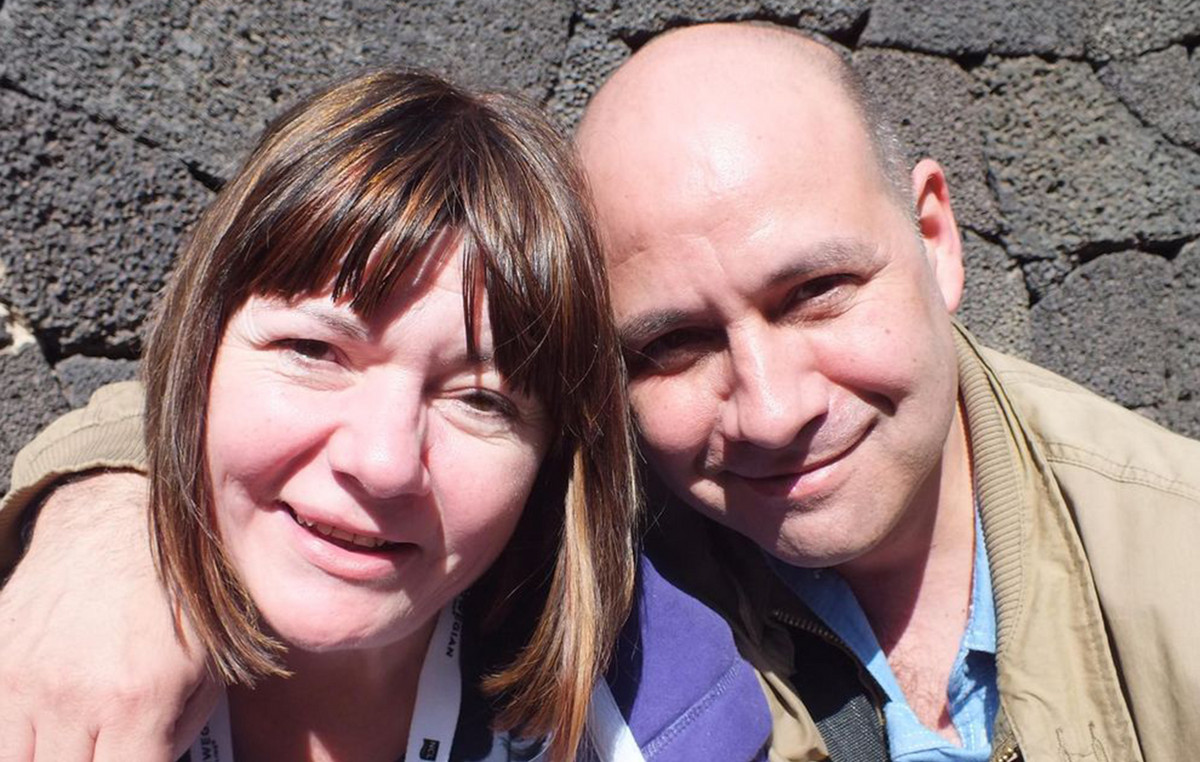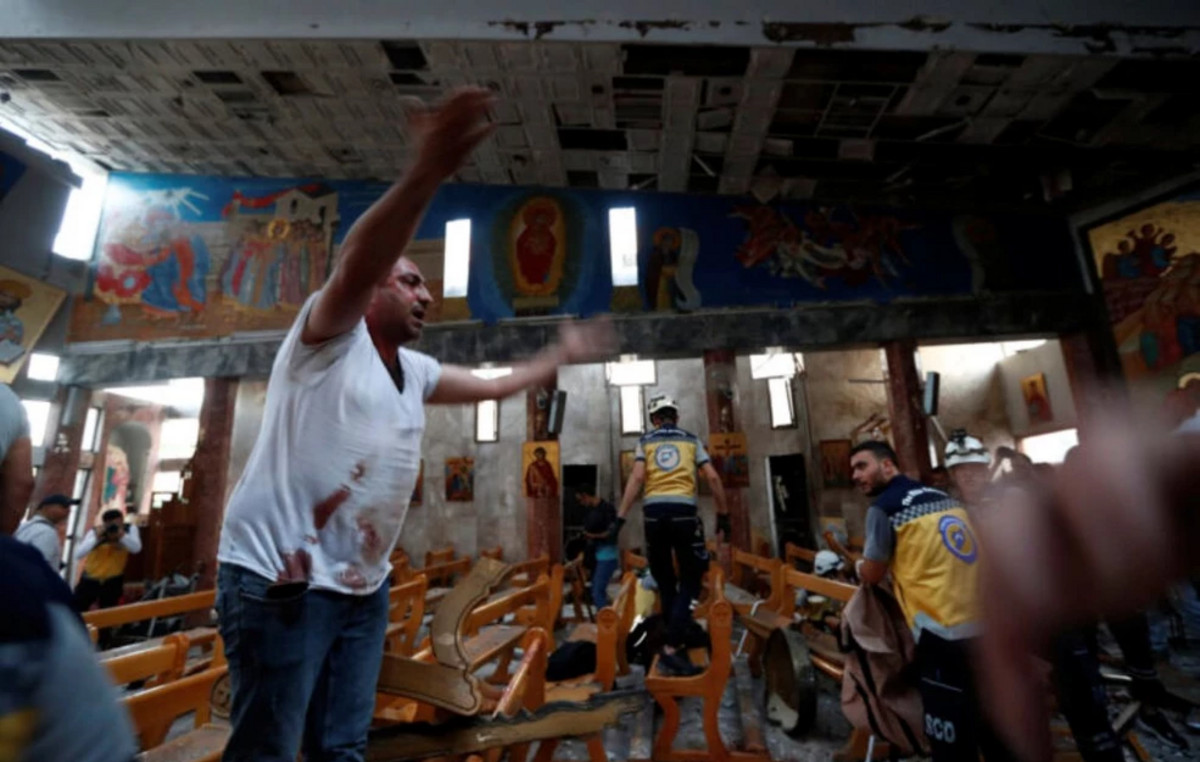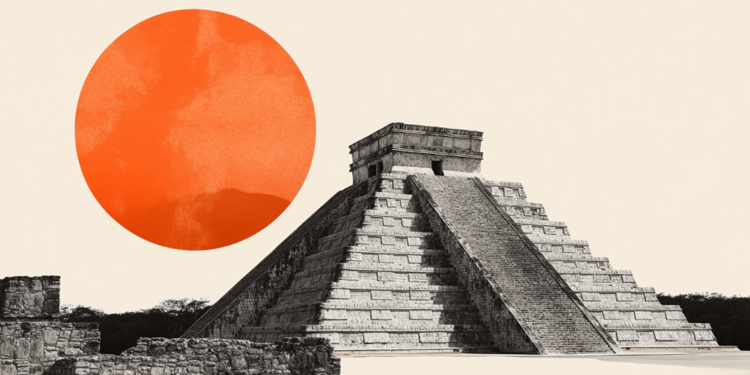Brazil has had between 11% and 25% of its native vegetation degraded. The MapBiomas survey covers the period from 1986 to 2021. This area varies between 60.3 million hectares and 135 million hectares.
Brazilian territory is still composed of 64% native vegetation. The survey excludes degradation in altered areas, such as crops and pastures.
Areas of desertification were also not analyzed, which means that the numbers calculated do not reflect the total degradation of Brazilian territory.
Degradation is not deforestation
Native vegetation, such as forests, savannas, grasslands and marshes, faces two main threats: degradation and deforestation. Deforestation involves the total removal of vegetation, replacing it with anthropogenic uses, such as agriculture. Degradation, on the other hand, does not remove vegetation, but exposes it to factors that alter its biological composition and functioning.
For accurate measurement, the report considered for this study, only as degradation vectors, the frequency of burning since the last fire and the age of secondary vegetation.
“This is the first time that degradation can be assessed more broadly and across all Brazilian biomes, but we know that this degradation process occurs in other types of coverage, such as agriculture and pasture, in addition to soil and water,” highlights Tasso Azevedo, general coordinator of MapBiomas.
- The Atlantic Forest biome is the most degraded
The Atlantic Forest has the highest proportional values of areas susceptible to the degradation process. These values can vary between 36% (12 million hectares) and 73% (24 million hectares) of the area of native vegetation that still remains in the biome, considering a more restrictive and a broader scenario.
- Cerrado has the largest degraded area
The Cerrado is the region with the largest absolute degraded area in Brazil. Degradation can vary between 18.3 million hectares and 43 million hectares, corresponding to 19.2% and 45.3% of the remaining native vegetation in the biome, respectively.
- Fire is the main factor in the Pantanal
The degraded area in the Pantanal can vary between 800 thousand hectares (6.8%) and 2.1 million hectares (almost 19%). Although fire is a natural characteristic of the biome, the frequency of fires in the last five years has impacted 9% of forest formations, which are particularly sensitive to fire.
Source: CNN Brasil
I’m James Harper, a highly experienced and accomplished news writer for World Stock Market. I have been writing in the Politics section of the website for over five years, providing readers with up-to-date and insightful information about current events in politics. My work is widely read and respected by many industry professionals as well as laymen.

